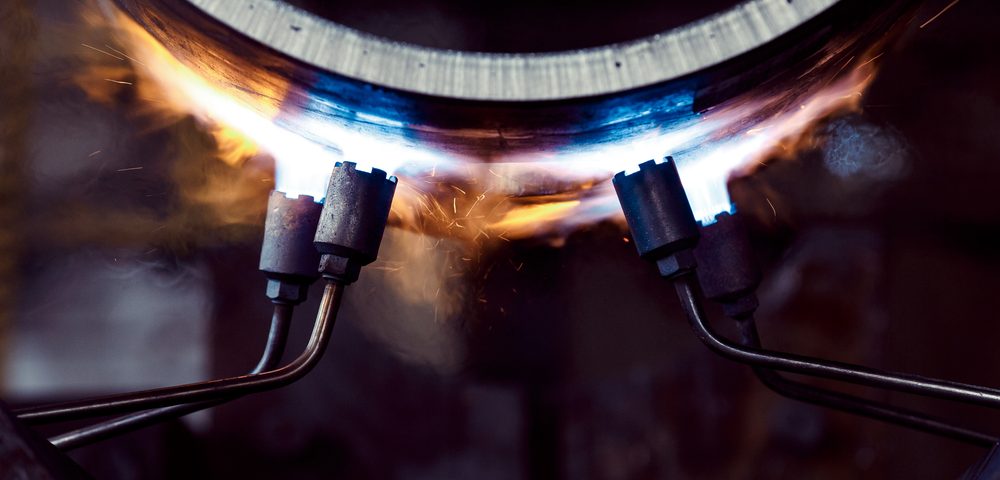Steel Overheating and Burning Differences and Prevention

Metal Fatigue Failure Risks, Stages and Prevention, Part 2
May 8, 2020
Understanding Metal Creep Stages Prevention, Part 1
May 22, 2020For a variety of metals, including steel, there are several different heat treatment processes that might be carried out for numerous different purposes. There are several factors to keep in mind if considering such a heat treatment process for your steel, and one is ensuring you do not risk overheating or burning the metal in question.
At Wasatch Steel, we offer a wide range of steel products and services and will be happy to discuss heat treatment and the ability of our various products to withstand heat. It’s important, however, to also understand that overheating and burning of metal are not the same thing. Here’s a primer on the impact each has on a piece of metal, plus how you might be able to reverse these effects in some cases.
Overheating Basics and Results
Overheating refers to a process where elevated temperatures cause previous properties of a given metal to be impaired. The most commonly-impacted property type here is mechanical properties.
Overheating leads to numerous different changes to mechanical properties of your metal, with the change type depending in large part on the metal in question. When steel is overheated, a process that tends to require very high temperatures, it will often lose both hardness and strength due to changes in its microstructure that take place. Other alloys will have differing negative impacts.
However, mechanical properties are not the only ones impacted. Overheating may also impact aesthetics – many metals change colors due to overheating, for instance. Coatings may also be damaged or destroyed, and electrical properties can easily be altered as well. Finally, overheating may even change the dimensions of the metal piece due to distortion.
Burning Basics and Results
Burning is a more severe form of overheating, referring to a state where metal is overheated to such a point that repair is not possible or extremely difficult. Metal structures or components often have to be trashed entirely if they are burned, generally due to one of two processes that will take place:
- Intergranular oxidation: Corrosion that takes place at the grain boundaries of a metal, such as when stainless steel is depleted of its chromium stores when burned. This will degrade the steel.
- Incipient melting: When certain alloying elements actually melt at the grain boundary, but not all the elements melt. This leads to porosity concerns and discontinuities.
Reversing Effects
In many cases of overheating and perhaps a few where minor burning has taken place, it is generally possible to eliminate or at least lessen the negative impact of too much heat. This is done using subsequent heat treatment – a hardened steel format that has been weakened by overheating, for instance, can have a separate heating and quenching process done to restore some or all of these properties.
For more on metal overheating and burning, or to learn about any of our steel products and how they’ll respond to heat treatment, speak to the staff at Wasatch Steel today.



